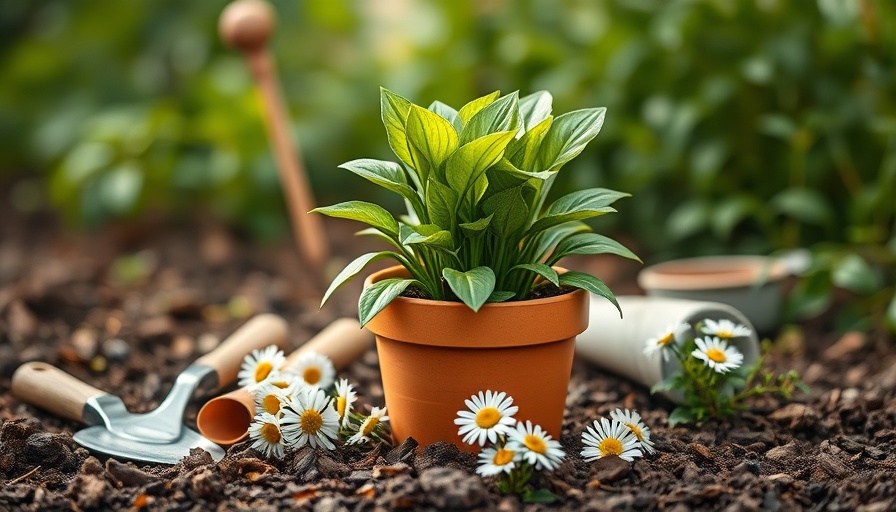
Understanding Hummingbird Challenges in Winter
As temperatures dip and the days grow shorter, the enchanting hummingbirds that flit through our gardens face their greatest challenge yet: winter survival. Most hummingbirds migrate to warmer locales, such as Florida and Central America, but some types, like Anna's Hummingbird, brave the cold and stay in their habitats year-round. Concerned gardeners often ponder how they can support these feathered friends during harsh winters and what actions will not only sustain them but also create a welcoming environment.
Essential Practices to Support Hummingbirds
Experts agree that the most important thing you can do to help these vibrant creatures is to cultivate a garden filled with native flowering plants. Maintaining a variety of colorful and tubular flowers ensures that hummingbirds have ample nectar sources when they return in the spring, they say. Native plants cater to local species and thrive within the natural ecosystem, giving these birds a fighting chance against the cold.
Additionally, if you’re in an area where hummingbirds may linger into winter, maintaining a clean, well-stocked feeder is essential. Avoid using red dyes in feeder solutions and provide a mixture of four parts water to one part sugar. If temperatures plunge below freezing, consider bringing feeders inside at night to keep them from freezing and ensure that any carried-over water is replaced regularly.
Creating a Safe Haven
While proper feeding methods are vital, creating a safe habitat is the backbone of hummingbird well-being. Plants that provide natural cover and shelter—like bushes and trees—help these animals evade predators and harsh weather. Trees and shrubs situated near feeding stations are immensely beneficial, allowing birds to stay close to food sources while having nearby caves to hide from threats.
The Importance of Water Sources
Fresh, clean water is important for hummingbirds. Setting up a shallow birdbath or fountain not only assists with hydration but also serves as a bathing spot. As they travel long distances, these little wonders need consistent access to water to thrive. You can make your outdoor space more inviting by adding elements like misters, which can provide a refreshing spray, especially in warmer days.
Action You Can Take Today
By taking these simple yet impactful steps, you can ensure that your yard plays a vital role in supporting these beautiful birds as they navigate winter challenges. Even actions as simple as leaving feeders out for late migrators or early arrivals can make a significant difference. Understanding the timing of their migration—generally occurring in late summer and early spring—allows you to anticipate their needs and create a nurturing environment.
Join the Effort to Help Hummingbirds
As a community, we can collectively take steps to shield these important pollinators, reinforcing our commitment to wildlife support. Whether you're a seasoned gardener or just starting, prioritizing the needs of our avian companions enriches not only their lives but also the beauty of our surroundings. Don't wait for the first frost—start diversifying your garden today. Add native flowers, clean your feeders diligently, provide fresh water, and create spaces for shelter that will attract and empower the hummingbirds to flourish.
Want to learn more about how you can support wildlife in your own backyard? Check out local gardening clubs or environmental organizations to find tips on creating bird-friendly habitats.
 Add Row
Add Row  Add
Add 


Write A Comment